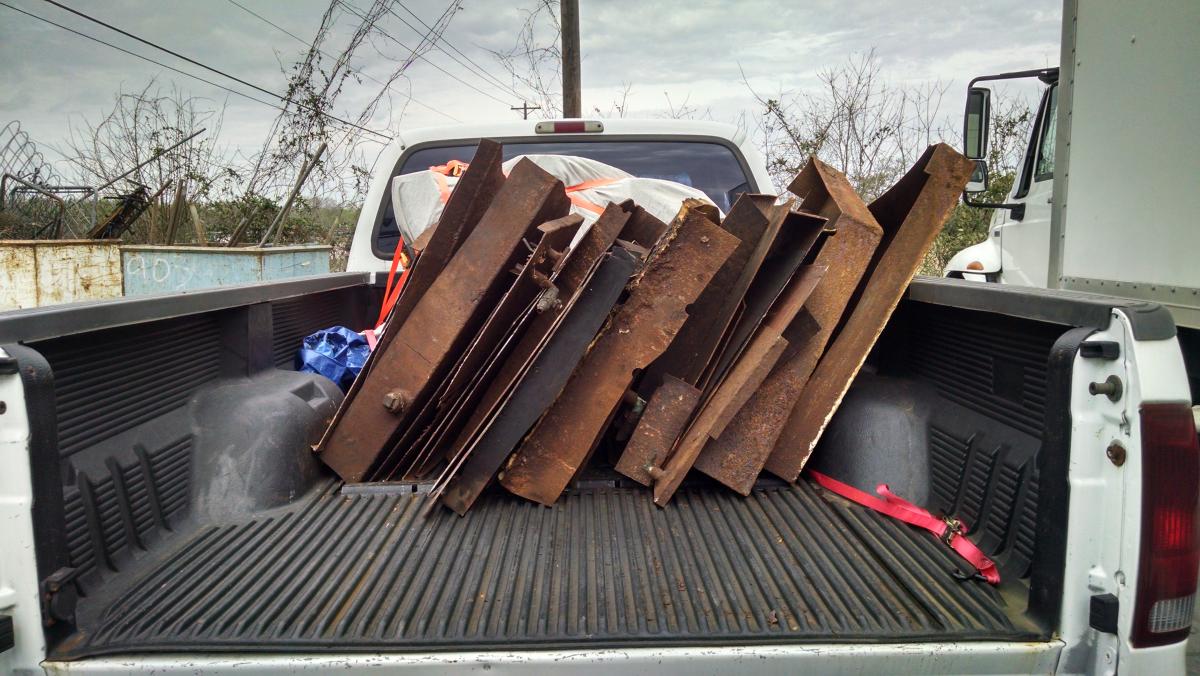Apprentice
Newbie
I am looking to purchase a 1981 36ft trawler that has sat completely idle for over 5 years. She requires engine work but I am interested in how I can check the fuel tanks for internal and external corrosion as renewing them would be a major (deal breaker) job.
She has twin 600 litre yanks that seem to be built in under the side decks. I believe the decks to be sound. The tanks are steel but very much hidden behind sound deadening material.
I am a newbie here so thanks in advance for your collective wisdom.
She has twin 600 litre yanks that seem to be built in under the side decks. I believe the decks to be sound. The tanks are steel but very much hidden behind sound deadening material.
I am a newbie here so thanks in advance for your collective wisdom.


